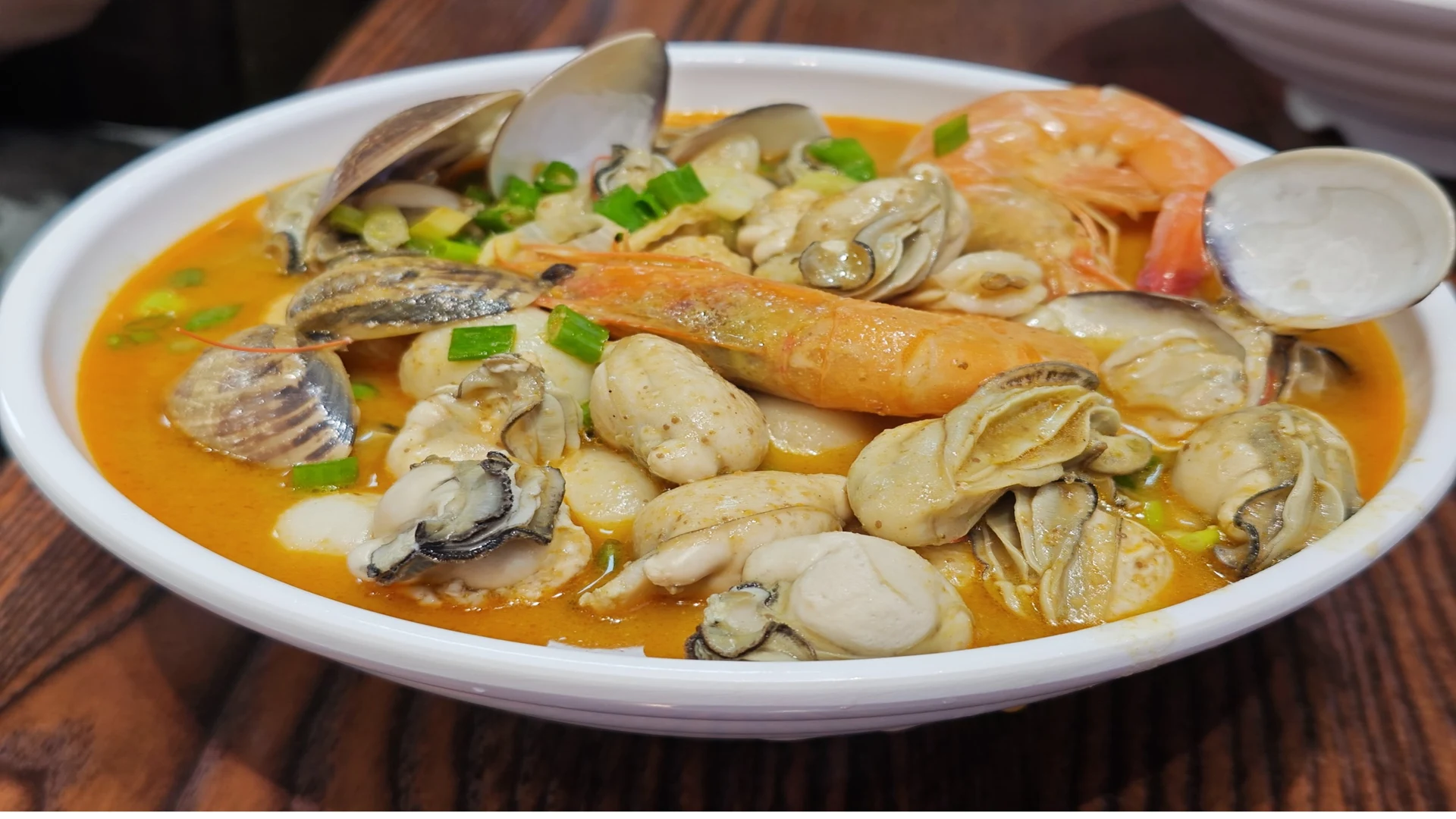The Delectable Delights of Xiamen’s Satay Noodle Soup
As a culinary professional, I have the pleasure of introducing you to a dish that is not only a staple in the vibrant city of Xiamen, Fujian Province, but also a symbol of its rich cultural heritage: the Satay Noodle Soup. This dish is a harmonious blend of flavors that has captured the hearts and taste buds of locals and visitors alike.
Origins and Cultural Background:
The Satay Noodle Soup, or “沙茶面” in Chinese, has its roots in the Southeast Asian culinary tradition, particularly influenced by the Indonesian satay sauce. Over time, it has been adapted and perfected by the people of Xiamen, who have incorporated their own unique ingredients and cooking techniques. This fusion of flavors has resulted in a dish that is uniquely Xiamen, resonating with the city’s history as a major port and melting pot of cultures.
Ingredients and Preparation:
At the heart of this dish is the Satay sauce, which is a rich and flavorful concoction made from a blend of spices, including garlic, shallots, lemongrass, and turmeric, among others. The sauce is then combined with a creamy peanut sauce, creating a base that is both aromatic and slightly spicy. This sauce is simmered to perfection, allowing the flavors to meld and become even more intense.
The noodles used in the dish are typically wheat or egg noodles, which have a firm texture that holds up well in the robust sauce. To complement the Satay sauce, a variety of ingredients are added. Seafood is a popular choice, with prawns, squid, and fish balls being common additions. The seafood not only adds a layer of umami flavor but also brings a fresh, coastal touch to the dish. Tofu puffs, or “豆泡”, are another essential component, providing a contrasting texture that soaks up the sauce beautifully.
Texture and Appearance:
The Satay Noodle Soup is a feast for the eyes as well as the palate. The noodles are cooked al dente, ensuring they are neither too soft nor too hard, and they are arranged in a neat nest at the bottom of the bowl. The seafood, cooked just enough to retain its natural flavors and textures, is artfully placed atop the noodles. The tofu puffs, puffed up and golden, float like little clouds in the sauce. The Satay-peanut sauce, with its rich, reddish-brown hue, envelops everything, creating a visually stunning dish that is as inviting as it is delicious.
Representative Dishes and Unique Features:
While the Satay Noodle Soup is a dish in itself, it can also be the base for a variety of other dishes. For instance, the sauce can be used as a marinade or dipping sauce for grilled meats, or it can be the foundation for a hearty stew with additional vegetables and proteins. However, it is in its purest form, as a noodle soup, that the Satay Noodle Soup truly shines.
The unique features of this dish lie in its balance of flavors and textures. The Satay-peanut sauce is the star, with its complex blend of spices and nuttiness. The seafood and tofu puffs add layers of flavor and contrast in texture, while the noodles provide a satisfying base that ties everything together. The dish is not overly spicy, allowing the other flavors to shine through, and it is this harmony that makes the Satay Noodle Soup a beloved dish in Xiamen.
In conclusion, the Satay Noodle Soup is more than just a meal; it is a culinary journey that captures the essence of Xiamen’s rich history and diverse culinary influences. It is a dish that speaks to the heart and satisfies the soul, a true testament to the art of cooking and the joy of eating.
